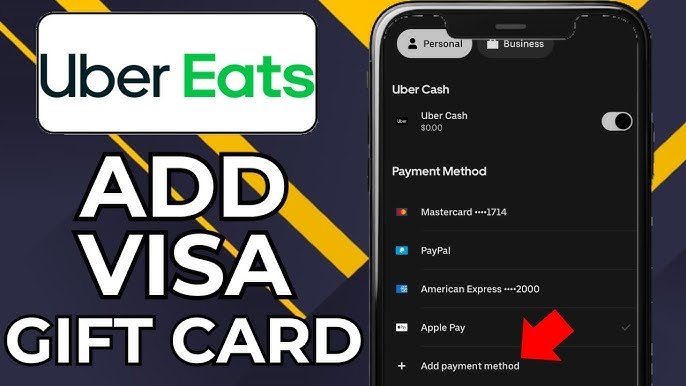How to Cancel Recurring Payments on Credit Card
You might be surprised to learn that many people unknowingly pay for subscriptions they no longer use, which can add up to significant expenses over time. If you've found yourself in a similar situation, it's crucial to know how to effectively cancel those recurring payments on your credit card. The process isn't always straightforward, and understanding the nuances can save you both money and hassle. So, what steps do you need to take to guarantee those charges stop for good?
Identify Recurring Payments
How can you effectively identify recurring payments in your financial statements to gain better control over your budgeting? Start by reviewing your bank statements and credit card bills for any charges that appear consistently each month. Look for patterns in the amounts and descriptions; these may indicate subscriptions or services you've signed up for. Use budgeting software or apps that categorize expenses, helping you spot these transactions more easily. Consider creating a dedicated spreadsheet to track these payments, which will allow you to visualize your spending habits thoroughly. By pinpointing these recurring expenses, you can make informed decisions on whether to maintain, adjust, or eliminate them, ultimately fostering a more secure financial future.
Review Your Subscription Services
Reviewing your subscription services regularly can help you identify which ones provide value and which are no longer necessary. Start by listing all your active subscriptions, noting the costs and benefits associated with each. Assess whether each service aligns with your current needs and lifestyle. Consider factors like usage frequency, content relevance, and overall satisfaction. If a service hasn't been utilized in months or you find yourself questioning its value, it's time to reevaluate. Canceling unnecessary subscriptions can not only save you money but also reduce stress associated with managing multiple payments. By conducting this analysis, you'll enhance your financial safety and guarantee that your spending reflects your priorities. Aim for a streamlined, efficient subscription portfolio that supports your goals.
Access Your Credit Card Account
After identifying unnecessary subscriptions, the next step involves accessing your credit card account to track and manage your recurring payments effectively. Start by logging into your account through your bank's secure website or mobile app. Confirm you're using a reliable internet connection to safeguard your sensitive information. Once logged in, navigate to the transactions or billing section, where you can view all recurring charges. It's vital to regularly monitor these entries to spot any unfamiliar or unwanted transactions. Consider enabling transaction alerts for real-time notifications about charges, enhancing your financial oversight. By actively managing your account, you can take control of your subscriptions and verify you're not paying for services you no longer need.
Locate the Payment Settings
To effectively cancel recurring payments, you'll need to locate the payment settings within your account, which is typically found in the account management or subscription section. Start by logging into your credit card account and guiding yourself to the settings menu. Look for options labeled 'Payments,' 'Billing,' or 'Subscriptions.' Some platforms may also label these as 'Manage Recurring Payments.' Once you find the right section, you'll often see a list of active subscriptions and payment arrangements. It's crucial to review these carefully to identify which ones you wish to cancel. Taking the time to locate these settings guarantees you can manage your finances effectively, reducing unwanted charges and enhancing your overall financial safety.
Cancel the Subscription
Canceling the subscription typically involves selecting the appropriate option within the payment settings you've accessed. Look for sections labeled “Subscriptions,” “Recurring Payments,” or “Manage Payments.” Once you identify the subscription you wish to cancel, click on it to open detailed options. It's essential to carefully read through any provided information regarding the cancellation process, including any potential fees or terms regarding your subscription. If available, confirm that you're aware of what canceling entails, as some services may have specific policies. After selecting the cancellation option, follow any additional prompts to finalize the process. This guarantees that your subscription is effectively canceled, and you won't be billed again in the future. Always double-check that your cancellation is successfully processed.
Confirm Cancellation
Once you've initiated the cancellation process, it's important to confirm that your subscription has been successfully terminated to avoid any future charges. Start by checking your email for a confirmation message from the service provider. This often serves as proof of cancellation. If you don't receive an email, log into your account on the provider's website to verify the status of your subscription. Look for any indicators or notifications confirming that the cancellation was processed. If there's any uncertainty, don't hesitate to contact customer service directly. Document any correspondence and confirmation numbers for your records. By taking these steps, you can guarantee your financial safety and peace of mind, preventing unwanted charges from recurring payments.
Monitor Future Statements
Monitoring your bank statements regularly is vital to guarantee that no unexpected charges from canceled subscriptions slip through unnoticed. Even after successfully canceling a service, companies may still attempt to charge you due to administrative errors or policy misunderstandings. By reviewing your statements monthly, you can quickly identify any unauthorized transactions. If you spot a charge you didn't expect, act promptly; contact your bank to dispute the transaction and report the issue. Consider setting up alerts for transactions over a certain amount, as this adds an extra layer of security. Staying vigilant not only protects your finances but also assures you maintain control over your subscriptions and recurring payments. This proactive approach is critical in safeguarding your financial well-being.





